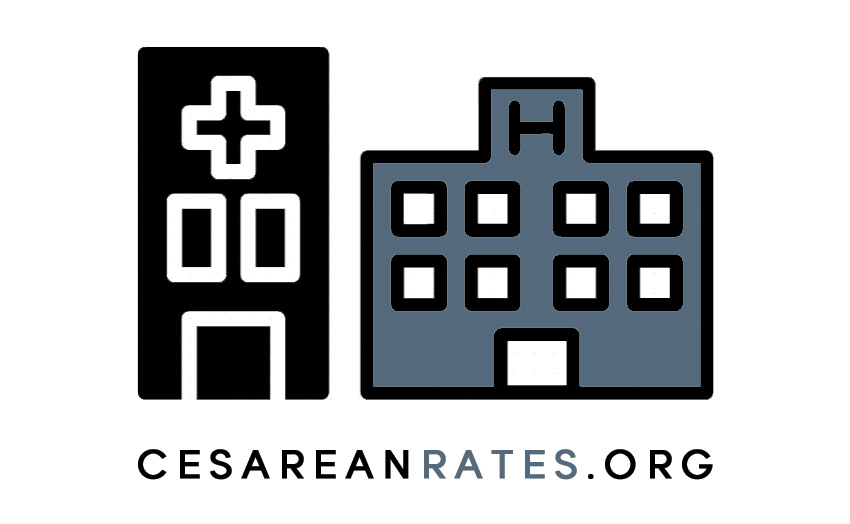Understanding Cesarean Rates
Current public health efforts in the United States focus on reducing the overall number of medically unnecessary cesarean births among a specific population-- first-time moms with potentially "low-risk" births, meaning that they have a single, full-term baby in the head-down position. The cesarean birth rate in this population is called the NTSV cesarean birth rate.
Centers for Disease Control and Prevention provisional data from 2019 (released May 20, 2020) show that 31.7% of all births were by cesarean and 25.6% of the NTSV ("low-risk") population had cesarean births.
U.S. Total and NTSV Cesarean Rates, 1995-2019
Available CDC data show that the NTSV cesarean birth rate was as high as 28.1% in the United States, reaching this peak in 2009.
Unfortunately, 86.2% of women with a history of a previous cesarean birth have a repeat C-section, as many hospitals and doctors offering maternity services do not permit women with a history of cesarean birth to give birth vaginally at their facility. Multiple repeat cesarean births dramatically increase the risk of dangerous long-term complications, such as placenta accreta.
